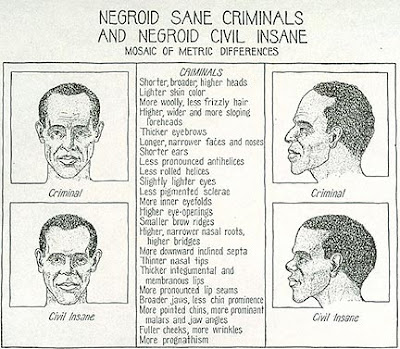William Cameron Menzie’s film Things to Come is an adaptation of a novel by HG Wells. Produced in 1936, this science fiction film explores England’s dystopic future that comes as a result of a devastating war, which is significant in the way that it accurately predicts World War II. England first experiences a regression to the dark ages, which is followed by a period defined by obsession with progressions of technology. Authoritarian leaders are in power during each of these eras.
Ironically, England’s regression comes as a result of too much progress, as advancements in weaponry cause mass destruction on a wide scale and medical advancements lead to the spread of a virus by the enemy which kills half of the world’s population. This could be an exaggerated representation of the state of Germany after World War I. The progress-obsessed regime which follows holds advancements in technology above human lives. This is best exemplified in the scene which the attack by John Cabel’s followers leaves the “boss” of the old regime dead. Cabel implies that one dead man means nothing in comparison to the new world of progress that will rise. This disregard for human life is similar to that of Hitler, who believed in killing off whole races for the sake of progress. While Hitler’s views were obviously much more extreme than those of Cabel, they both hold progress above individual lives.
Overall, the film warns against taking progress too far, as both severely flawed regimes come as a result of obsessions with it.


